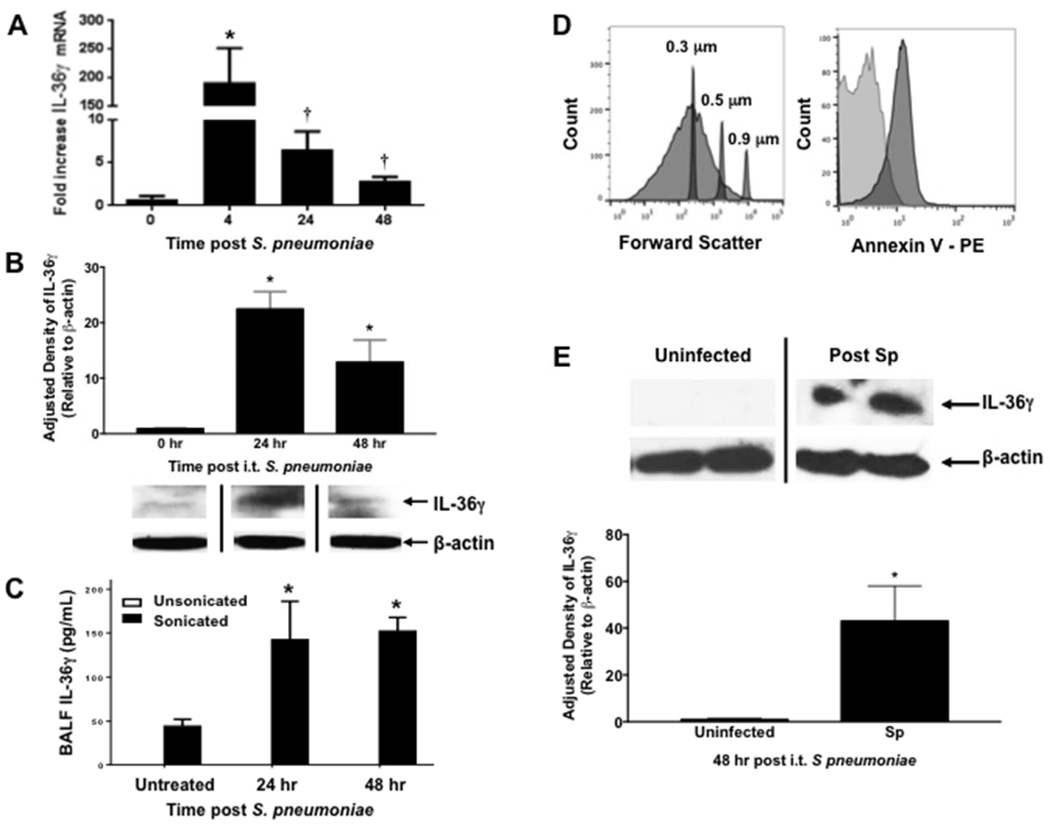Fig. 1. Effect of S. pneumoniae on IL-36γ induction and secretion in the lung.
(A) WT mice were infected with an i.t. injection of Sp (5 × 104 CFU), and lungs were harvested at the specified time points. (*p < 0.01 and †p < 0.05 as compared to uninfected mice by one-way ANOVA with Dunnett’s multiple comparisons test, n = 4 per time point, representative of 3 experiments). (B) Representative Western immunoblot of whole lung homogenates from Sp-infected WT mice were assessed for IL-36γ with β-actin as a housekeeping control. Bands are representative of 2 separate experiments of n = 3 replicates per group. Densitometry represents relative density compared to β-actin from all replicates pooled from both experiments. (*p < 0.01 compared with uninfected mice by one-way ANOVA with Dunnett’s multiple comparisons test). (C) BAL fluid from Sp-infected WT mice was assessed by IL-36γ ELISA with or without sonication. (*p < 0.05 as compared to untreated mice by one-way ANOVA with Dunnett’s multiple comparisons test, n = 6 per group, representative of 2 experiments). (D) MP from infected mice were assessed by flow cytometry for size relative to sub-micron size calibration beads (panel 1). MP were then gated to select DAPI-negative particles, corresponding to viable MP (not shown). MP were stained for either Annexin V-PE or a PE-labeled isotype control IgG (panel 2). Within 95% confidence intervals as compared to isotype controls, 80% of particles were Annexin V-positive (representative of 3 separate experiments). (E) Representative Western immunoblot of isolated MP from Sp-infected WT mice were stained for IL-36γ with β-actin as a housekeeping control (n = 2 per group, representative of 5 experiments). Densitometry represents relative density compared to β-actin from all replicates pooled from all experiments. (*p < 0.05 compared with MP from uninfected mice by two-tailed student’s t test).

